Leading market players are investing heavily in research and development in order to expand their product lines, which will help the Accelerator Card Market, grow even more. Market participants are also undertaking a variety of strategic activities to expand their global footprint, with important market developments including new product launches, contractual agreements, mergers and acquisitions, higher investments, and collaboration with other organizations. To expand and survive in a more competitive and rising market climate, Accelerator Card industry must offer cost-effective items.
Manufacturing locally to minimize operational costs is one of the key business tactics used by manufacturers in the global Accelerator Card industry to benefit clients and increase the market sector. In recent years, the Accelerator Card industry has offered some of the most significant advantages to medicine.
Major players in the Accelerator Card Market, including NVIDIA Corporation, Intel Corporation, Leap Motion, Ditto Labs, Cypress Semiconductor Corporation., IBM, Alphabet Inc., Advanced Micro Devices, Inc, Achronix Semiconductor Corporation, Lenovo, SiliconBlue Technologies, Microsemi, Algolux, Oracle, Xilinx, Mad Street Den Inc, Lattice Semiconductor, and Vantis PLC. and others, are attempting to increase market demand by investing in research and development operations.
A firm that creates and develops system-on-a-chip, central computing, and graphics processing units is called NVIDIA Corp. (NVIDIA). The company's products are sold in the gaming, data center, vehicle, and professional visualization industries. It also offers solutions for design and visualization, edge computing, high-performance computing, autonomous vehicles, data centers, artificial intelligence, and data science. For consumers, professionals, researchers, and developers, NVIDIA offers products under the GeForce NOW, Quadro, GeForce, SHIELD, vGPU, DOCA, JESTON, and Bluefield brand names.
A wide range of industries are served by the company's services, including those in architecture, engineering, construction, internet, cybersecurity, energy, financial services, healthcare, and life sciences, as well as those in education, gaming, manufacturing, media and entertainment, retail, robotics, telecommunication, and transportation. It runs businesses in the Americas, Asia-Pacific, and Europe. NVIDIA is headquartered in Santa Clara, California, in the US.
Lenovo Group Ltd. is a manufacturer of consumer, commercial, and corporate technologies. The company manufactures and markets IT-related products, including servers, mainframes, personal computers, mobile devices, and accessories. Its product line includes gaming PCs, cellphones, servers, laptops and ultrabooks, tablets, desktops, storage systems, and accessories. Lenovo markets its devices through the ThinkPad, ThinkBook, IdeaPad, Yoga, Motorola, and Legion names. There is also a selection of software and services available. K–12 education, higher education, health, small and medium-sized businesses, significant organizations, and commercial partners are all served by the corporation.
It operates production facilities in Mexico, India, and China in addition to research facilities in the US, China, and Japan. The corporation operates in the Americas, Europe, the Middle East, Africa, and Asia-Pacific. Lenovo's headquarters are in Quarry Bay, Hong Kong.
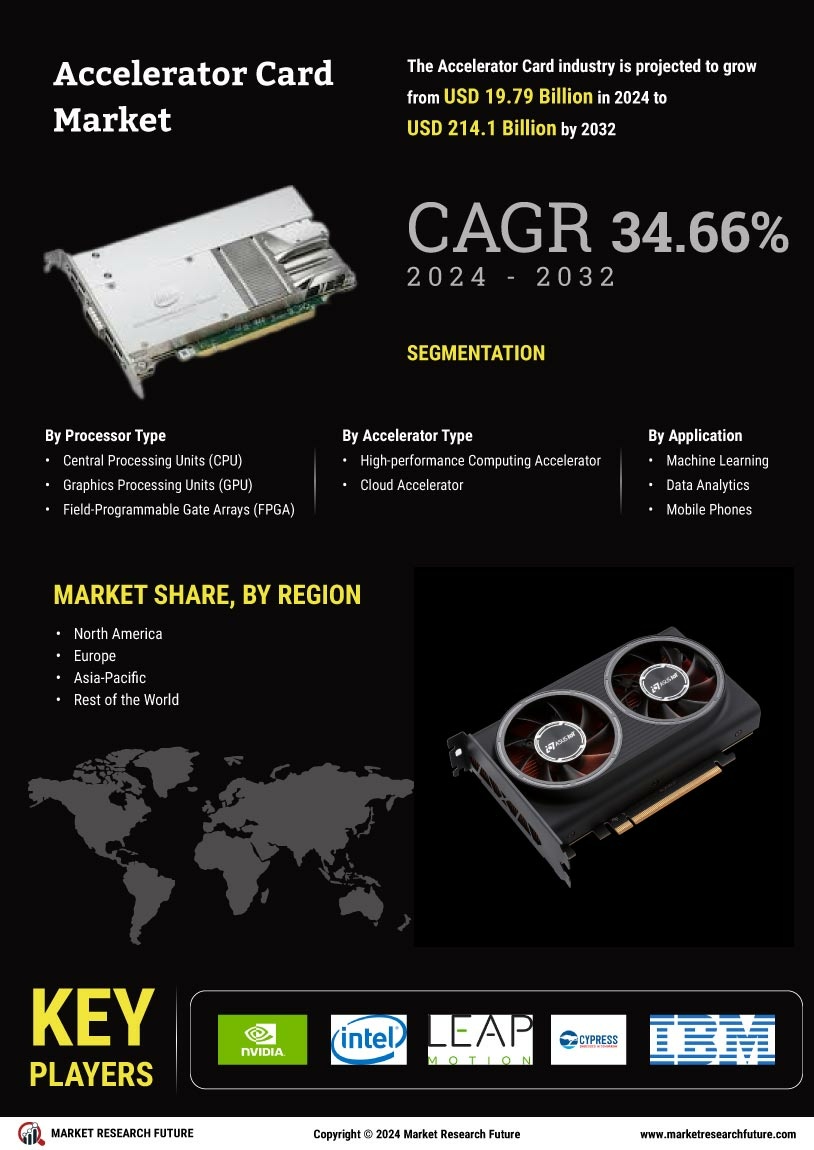

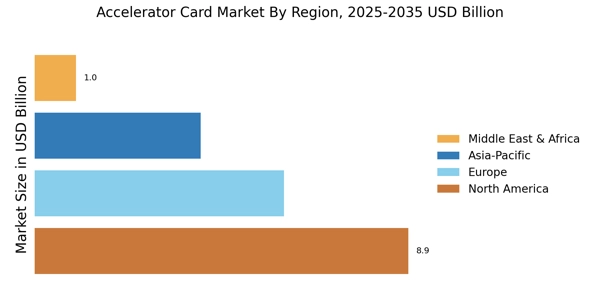
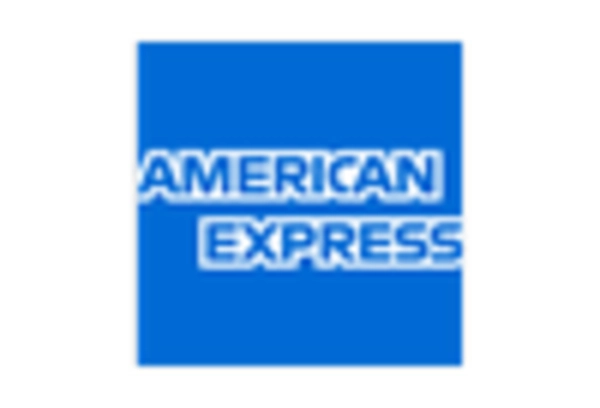

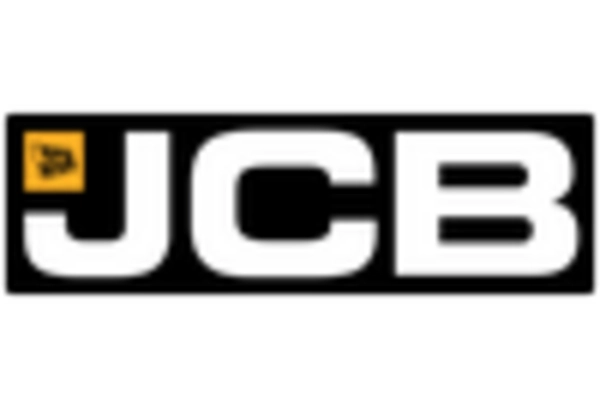

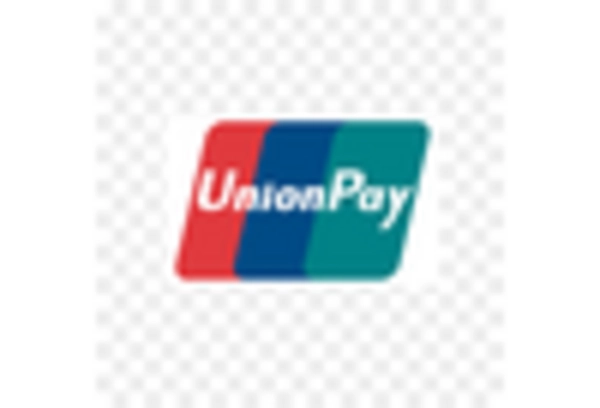
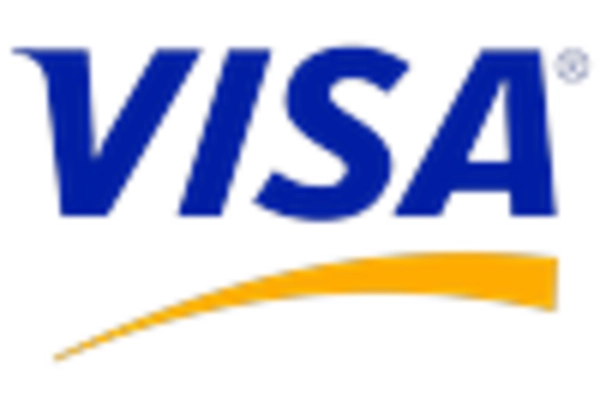








Leave a Comment